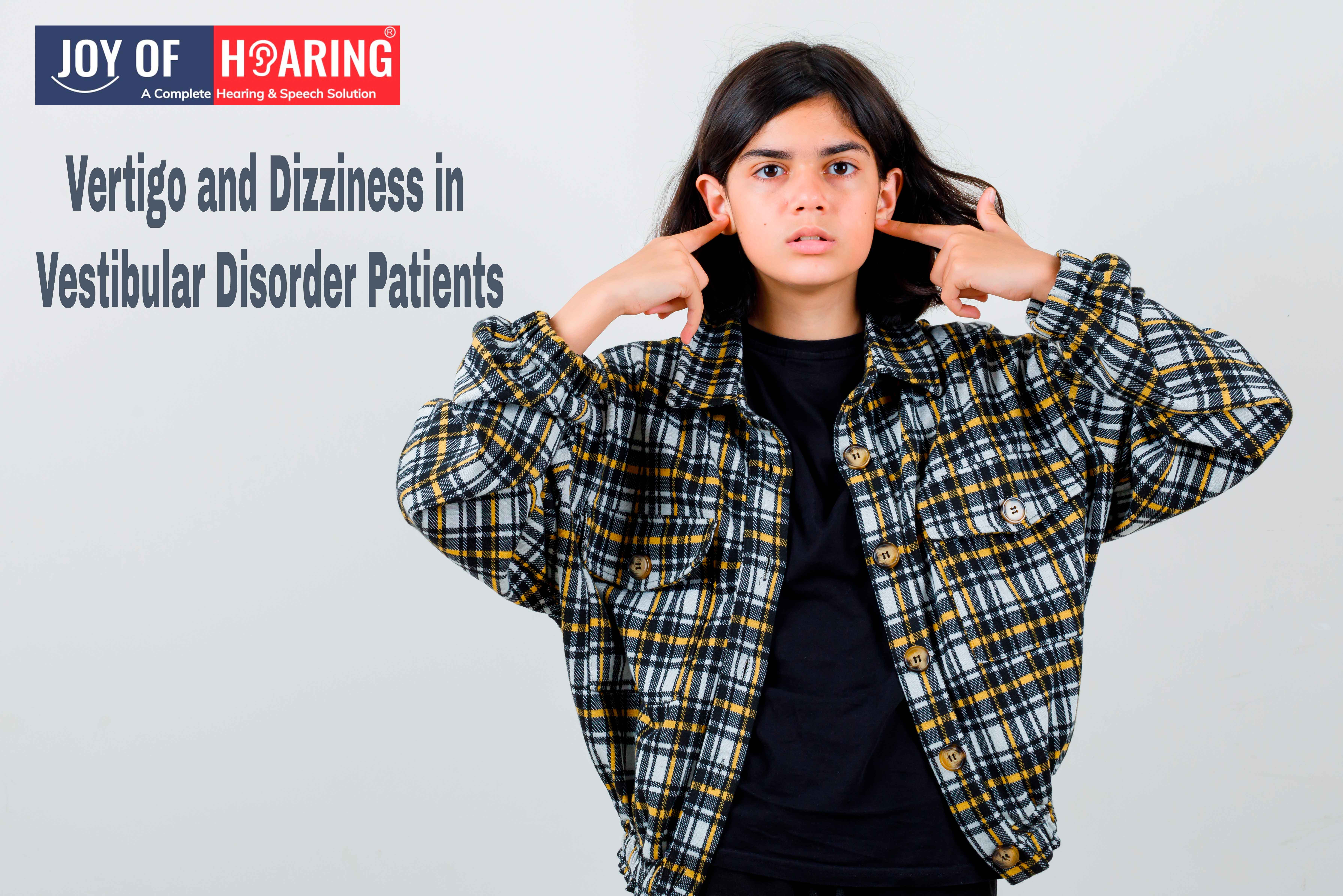
Date: 24/08/2024
Writer: Admin
Steady Steps: Tips for Managing Vertigo and Dizziness in Vestibular Disorder Patients
Living with vertigo and dizziness due to vestibular disorders can be an unsettling experience, impacting your ability to perform everyday activities and enjoy life. However, with the right strategies and a proactive approach, you can manage these symptoms effectively and regain a sense of balance and normalcy.
Understanding Vertigo and Dizziness
Vertigo is the sensation that you or your surroundings are spinning, while dizziness refers to a range of sensations including feeling faint, woozy, weak, or unsteady. Both can stem from various vestibular disorders, which affect the inner ear and brain pathways responsible for balance. Common causes include benign paroxysmal positional vertigo (BPPV), vestibular neuritis, and Ménière's disease.
Practical Tips for Managing Vertigo and Dizziness
Vestibular Rehabilitation Therapy (VRT):
Engage in exercises designed by a physical therapist specializing in vestibular disorders. VRT helps your brain adapt to changes in the inner ear, reducing symptoms and improving balance.Hydration and Diet:
Dehydration can exacerbate dizziness. Drink plenty of water and maintain a balanced diet rich in fruits, vegetables, and whole grains. Reducing salt intake can help manage symptoms in conditions like Ménière's disease.Avoid Triggers:
Identify and avoid triggers that worsen your symptoms. Common triggers include sudden head movements, bright lights, and certain visual patterns. Keeping a symptom diary can help pinpoint specific triggers.Medication Management:
Consult with your healthcare provider about medications that can help manage vertigo and dizziness. Options may include vestibular suppressants, anti-nausea medications, or diuretics for fluid management.Home Safety Modifications:
Ensure your home environment is safe and conducive to managing dizziness. Use handrails, non-slip mats, and keep walkways clear of obstacles. Consider sitting while dressing or performing tasks that require fine motor skills.Mindful Movements:
Move slowly and deliberately, especially when changing positions. Sit up gradually from lying down, and stand up slowly from sitting to reduce the risk of triggering dizziness.Stress Management:
Practice stress-reduction techniques such as deep breathing, meditation, or yoga. Stress can intensify symptoms, so maintaining a calm and relaxed state is beneficial.Sleep Hygiene:
Ensure you get adequate, quality sleep. Poor sleep can worsen dizziness and vertigo. Establish a regular sleep routine and create a restful environment.Visual Focus:
Use visual fixation to stabilize your gaze. Focusing on a stationary object can help reduce the sensation of spinning during vertigo episodes.Balance Exercises:
Simple balance exercises like standing on one foot or walking heel-to-toe can improve your stability over time. Practice these exercises in a safe environment where you can grab onto something if needed.
Building a Support System
Don't navigate this journey alone. Connect with support groups, either in person or online, where you can share experiences and tips with others who understand your challenges. Inform family and friends about your condition so they can provide support and understanding when needed.
Seeking Professional Help
Always consult with healthcare professionals for personalized advice and treatment plans. An audiologist, otolaryngologist, or neurologist can provide specialized care tailored to your specific condition.
Conclusion: Embracing Stability
Managing vertigo and dizziness requires a multifaceted approach and a proactive mindset. By incorporating these tips into your daily routine and seeking professional guidance, you can reduce symptoms and improve your quality of life. Remember, you are not alone—many resources and supportive communities are available to help you navigate this journey with confidence and resilience.
This blog post aims to provide practical tips and insights for managing vertigo and dizziness, empowering vestibular disorder patients to take control of their symptoms and enhance their quality of life. Through education and support, it encourages individuals to embrace stability and live life to the fullest.
